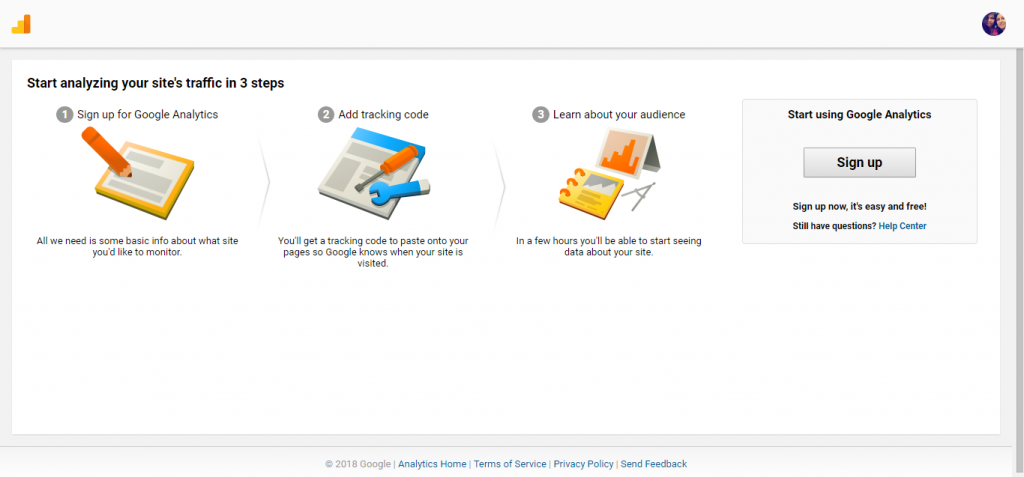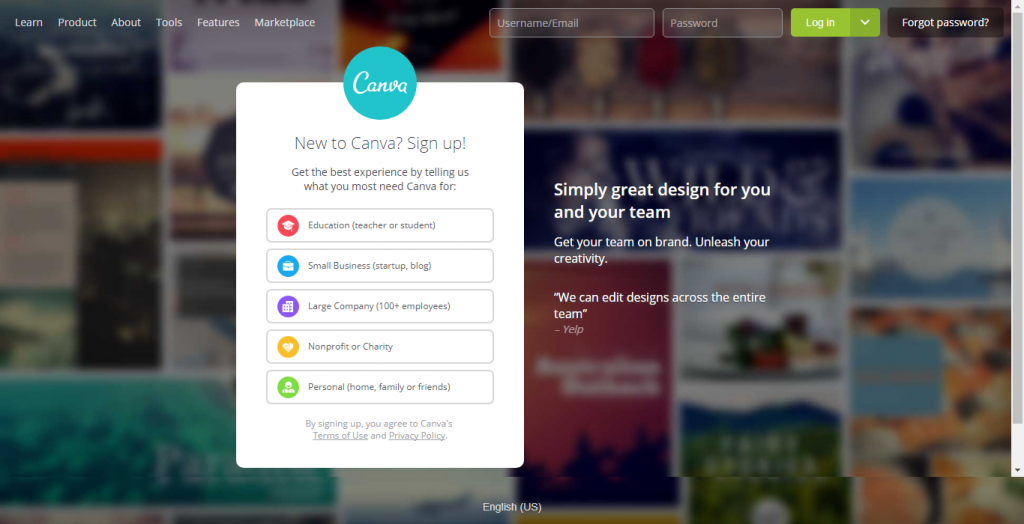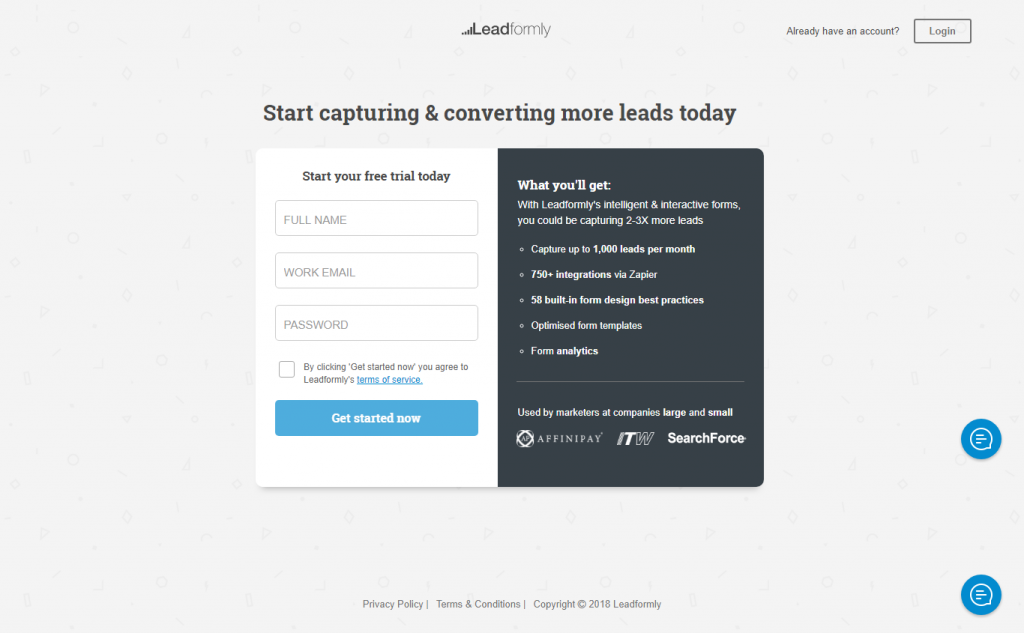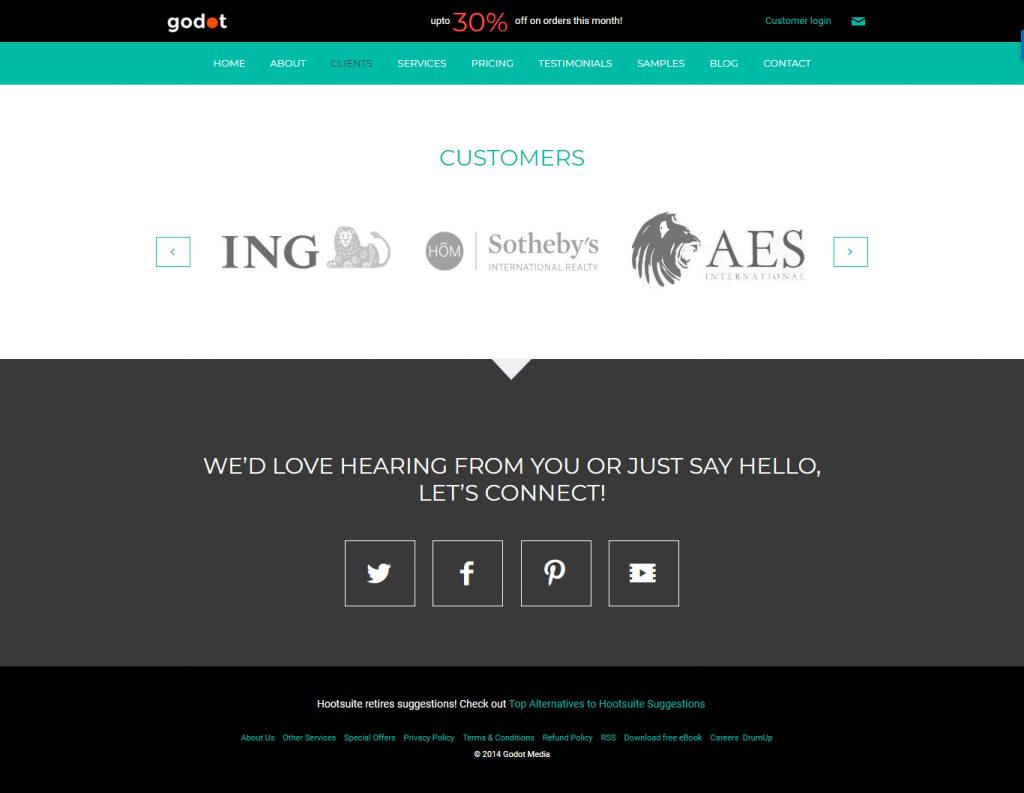You have your blog set-up, your SEO done, and your spirits high. You’ve been writing and blogging and blogging and writing. You have that gorgeous traffic coming in. But do you have sales?
Traffic is one thing. Turning that traffic into sales is another. Hundreds of thousands of hours and dollars are spent on creating and publishing blog posts that generate traffic alright, but fail to generate sales. And there are quite a few reasons behind this disastrous disconnect.
One of the first is trying to please everyone while blogging. But hey, who doesn’t know that? It is common knowledge among marketing professionals that targeting is vital. Yet, mistakes are made.
Functioning in the prolific content marketing community of today, we often give into the temptation of focusing on content that appeals to us, our peers, and the experts of our industry. The best of us have done this at some point or another. Chances are you’re doing it too. You may be generating content that appeals to you and to the brilliant bloggers and marketers that share this epoch with you, but not to your audience. Step one is to fix that.
Along with that, let’s see the top five things you can do to create high-converting blogs.
1. Nail the targeting.
Create a customer profile based on the age, gender, marital status, profession, and geographical location of your target audience. You want to add in information about their problems and challenges, the current solution(s) they turn to, the social media they prefer, the way they acquire much of their news or information and so on. Use this profile when you plan the topic, tone, style, and theme for your blog.
Of course, peer-to-peer content is also important. It helps you establish yourself as a figure of authority in the industry and that has benefits of its own. However, when it comes to blog conversion, your content needs to be focused solely on your audience. This is why absolutely nailing the targeting is the first step to take.
Make the job easier by using automated tools such as Google Analytics, which will help you identify the current blog readers who make up your best target audience and also learn more about them – their geographical location, age, gender, and frequency behavior to name a few.
2. Engage them with your content.
Once you have your target audience figured out, it’s time to reel them in with meaningful, engaging content. Blog posts that deal with resolving customer pain points work the best. Long-form content pieces are ideal because they allow you the scope and space to delve into meaningful conversation.
However, be sure to format these long-form posts to cater to skim readers. You want to use lots of headings and sub-headings, lists, bullet points, and shorter paragraphs to drive the message home without taxing blog visitors who are not a fan of long readings.
Another idea is to fashion blog posts around the types of content that are the most engaging. The top picks include:
Infographics and images – Infographics make for an impressive (and fun!) way to present concepts visually. Tools such as Piktochart and Canva provide free as well as premium templates to create eye-catching infographics with ease and without hassles. Images of your products, appropriate screenshots of your service in use, photographs of work and play at your office, there’s just so much you can do when blogging with images.
Videos – You can shoot video demonstrations, customer testimonials, expert interviews, or how-to’s easily with your smart phone and publish them on your blog for increased engagement.
Slideshare presentations – Slideshare is one of the top 250 websites in the world, and with good reason. Share interactive Open Office or PowerPoint presentations, PDFs, and OpenOffice, MSOffice, or iWorks documents seamlessly with your readers, allowing them to download content and really engage with it.
In addition, certain types of text-only content forms, such as case studies, white papers, and e-books, boost engagement organically. You can also make conversations ‘flow’ by encouraging readers to comment and responding to their comments. Want conversations to keep flowing? Carry them forward to your social media accounts. Use apps such as DrumUp to link your blog(s) to social accounts and keep the conversation going.
3. Delight them on your landing page.
So you’re laser-focused on your target audience and have a plan ready to create engaging blog posts, hoping to convert readers into customers. Your landing page is where the magic will happen. It sits at the core of your conversion efforts and is the tipping point where blog visitors take that leap from being readers to paying customers.
Delightful experiences at this stage are made of simple and clear landing-page designs that help visitors quickly soak up the information on the page, find what they need without delay, and move on to the next steps seamlessly. The key features of such a page include:
A strong headline with a single message
A crisp list of benefits (and not features) of your product/service
A statement of guarantee that removes or at least, reduces risk
A short, succinct customer form that does not demand high commitment (such as credit card information or address) from users
A bold call to action (CTA) placed inside a bold CTA button
Directional cues that ‘guide’ readers to the CTA
A thank you message
Tip: Create separate landing pages for all products/services you offer. This means that all blog posts about your (say) SAAS options will direct readers to a SAAS-focused landing page while all blog posts about your cloud computing services will direct readers to a cloud computing-focused landing page.
Pro tip: Go ahead and make distinct landing pages for all conversion-focused blog posts to boost impact four folds.
4. Wow with your best offer.
Yup, an offer they can’t refuse. Freebies are hands down the best way to get things started. They reduce the pre-purchase jitters of potential customers while simultaneously showcasing the confidence you have in your products/services. In addition, these freebies generate a sort of good will among the target audience, adding to the intangible but oddly useful brownie points. This helps you not just convert new leads but also nurture the existing ones.
Depending upon the product or service in question, you may offer a free trial, a free e-book, certain chapters of an e-book, an “information kit” (you already know what the Michelin Guide did for the Michelin brothers and their tire company!) and so on.
On your blog, make sure readers know they can opt out of their free trails and subscriptions whenever they like, with speed and ease. And remember to talk about this offer on your landing page.
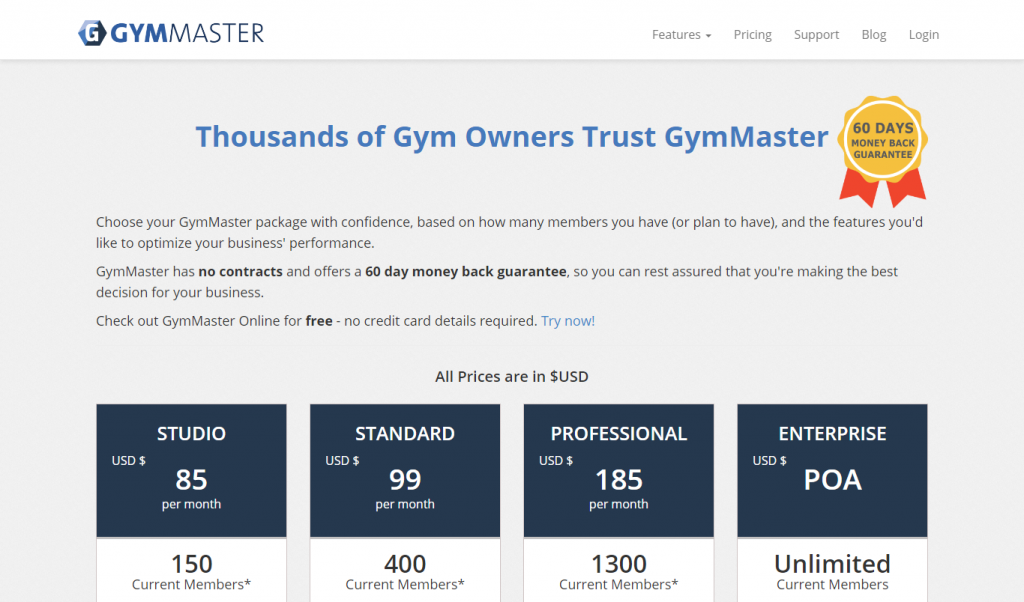
5. And create trust with social proof.
People see, people do. That’s what makes us social, isn’t it? Implementing social proof on your blog (and website, and landing page, and elsewhere!) is therefore, a great way to inspire readers to do what the best of your previous readers have done – become customers. Publishing customer testimonials, positive reviews, industry mentions, and case studies with customer details are a few easy ways to showcase social proof and let it work its magic.
Another great idea is to let numbers and figures do the talking. If the number of customers that have signed up for your products or services is impressive enough, display it on your blog as well as other platforms. If you’re a relatively new company still gaining exposure, opt to display weekly or monthly figures instead of customers obtained since the beginning of time. Similarly, images of customers’ company logos work great if you’re a B2B company.
What ideas did I miss? Let me know.
Author bio: Shilpi Sagar writes about social media and content marketing. She is a jack of all trades and master of some. When not thinking or writing about marketing, she’s probably obsessing about being a good parent to her dog.

